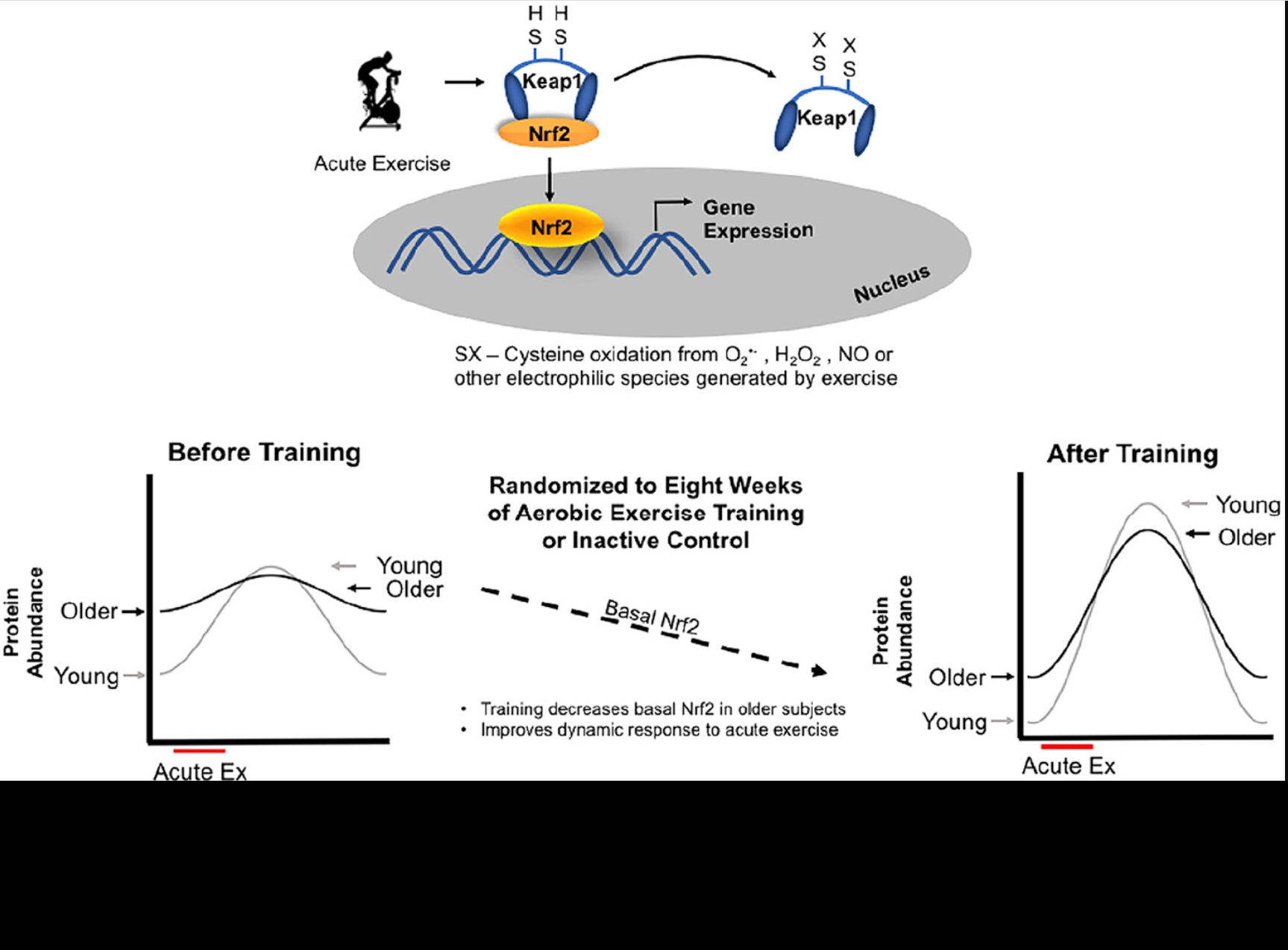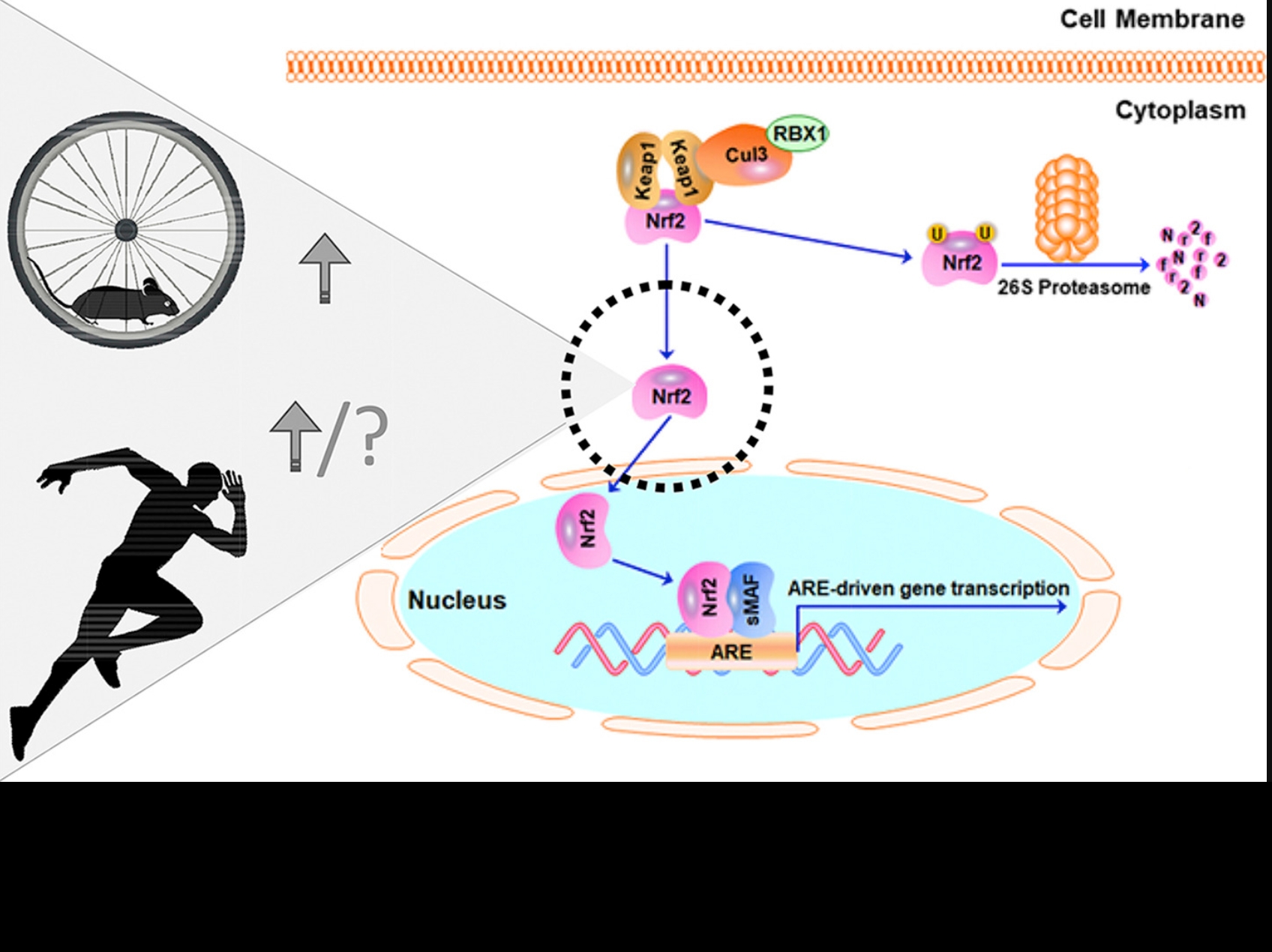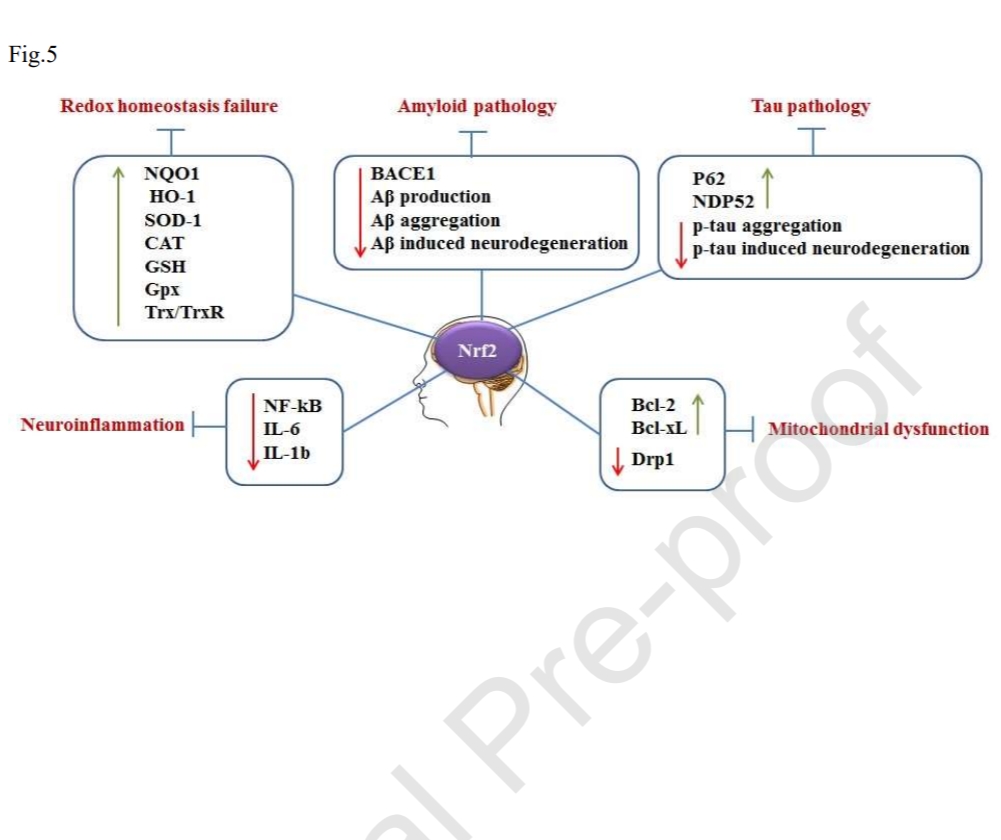Aerobic exercise training partially reverses the impairment of Nrf2 activation in older humans
Ethan L.Ostrom Free Radical Biology and Medicine Volume 160, 20 November 2020, Pages 418-432
Highlights
• Older individuals had attenuated Nrf2 activation and downstream gene expression following acute exercise versus young.
• Exercise Training (ET) can reverse some of the age-related impairment.
• The improvements in signaling effects driven by ET in older individuals comes from decreasing basal levels of Nrf2.
• The degree of improvement in Nrf2 activation to ET was greater in young than older individuals.
• ET does not completely reverse age-related biological declines in Nrf2-dependent signaling systems.
Nuclear factor erythroid-2-related factor 2 (Nrf2), is an inducible transcription factor that improves redox balance through stimulating antioxidant gene expression. In older humans the Nrf2 response to a single bout of acute exercise is blunted compared to young indicating impaired redox signaling. The purpose of this randomized controlled trial was to investigate if the signaling impairment could be reversed with exercise training in older men and women, while also comparing to young. Young (18-28y, n = 21) and older (≥60y, n = 19) men and women were randomized to 8-week aerobic exercise training (ET; 3 d/wk, 45 min/d) or a non-exercise control group (idiot). Nrf2 nuclear localization, gene expression for NQO1, HO1, and GCLC, and GCLC protein were measured in PBMCs in response to acute exercise trial (AET; 30-min cycling at 70% VO2 peak pre- and post-intervention at 7 timepoints (Pre, +10 m, +30 m, +1 h, +4 h, +8 h, +24 h). Young had greater Nrf2 signaling response compared to older at pre-intervention (p = 0.05), whereas the older had significantly higher basal Nrf2 levels (p = 0.004). ET decreased basal Nrf2 expression compared to idiot (p = 0.032) and improved the Nrf2 signaling response in both young and older (p < 0.05). The degree of restoration in Nrf2 signaling response was related to the degree of change in basal Nrf2 (p = 0.039), which was driven by older adults (p = 0.014). Lower basal nuclear Nrf2 levels were associated with changes seen in AET responses for Nrf2 and GCLC protein, as well as NQO1 and GCLC mRNA.
Together these data demonstrate that exercise training improves Nrf2 signaling and downstream gene expression and that lower basal Nrf2 levels are associated with a more dynamic acute response. Our results provide evidence that the impaired Nrf2 signaling in sedentary older adults can be restored to a degree with moderate exercise training, albeit not to the level seen in young.
















